Canopy Market
Canopy Market, Kings Cross
London
N1C4BH
United Kingdom

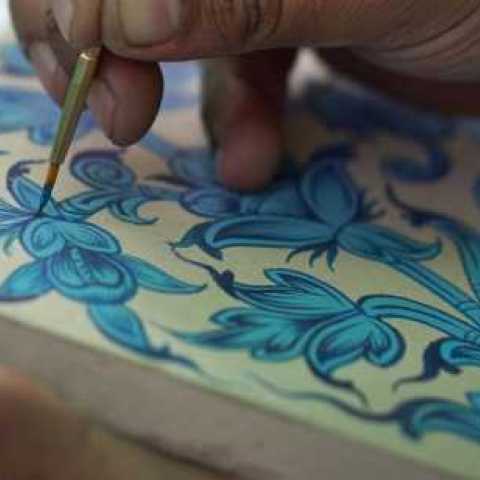
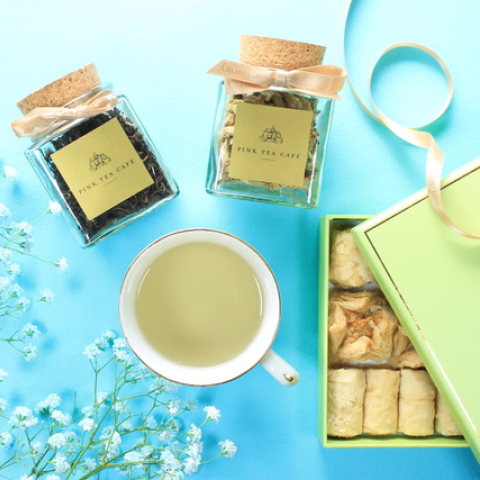
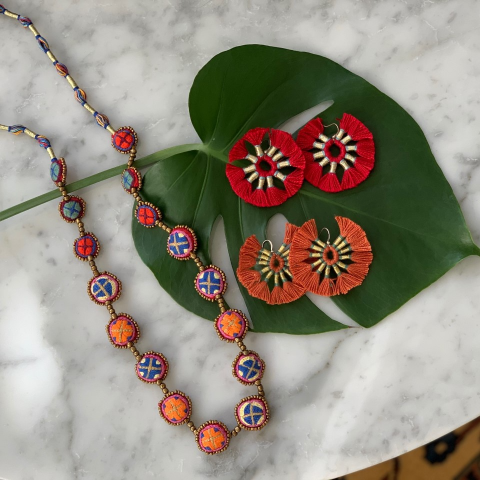
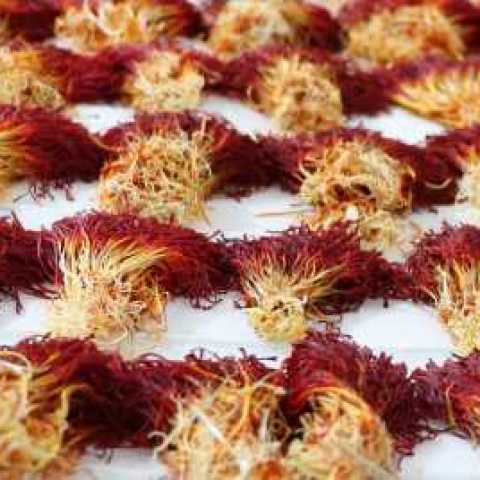
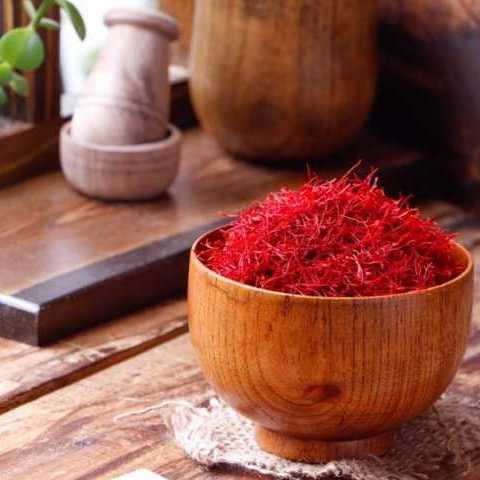

The Aga Khan Foundation are delighted to announce The Silk Road Bazaar — an artisan market inspired by and staged alongside the open-air photography exhibition, The Silk Road: A Living History in London’s King’s Cross (see more below).
Between 11 – 13 June, a select group of artisanal vendors (see full list below) from several countries found along the historic Silk Road trading route will come together to form the Silk Road Bazaar. Visitors will be able to buy Ottoman-inspired silks from Turkey, Pakistani homeware, Afghan jewelry, leather accessories from Cairo, one-of-a-kind calligraphy art, Grade A organic saffron from Iran, handmade Uzbek hats, small batch artisan teas and baklava to name just a few items for sale. Through engaging with the market, visitors will be able to support artisans from a number of countries including Afghanistan, Pakistan, Egypt, Turkey, Syria, and Uzbekistan. The vendors will be complemented by food and drink suppliers from countries along the Silk Road. The bazaar which aims to create a unique shopping experience for visitors and transport them to markets 1,000 miles away, will form part of the weekly Canopy Market located under the Victorian steel and glass near Granary Square in London’s King’s Cross. Canopy Market brings together fresh produce, artisan food, designer-makers and artists alongside street food, craft drinks and music every Friday, Saturday and Sunday. Fabio Diu, Director of Canopy Market said, ‘Canopy Market is a space to discover talented independents, so we are thrilled to be hosting such an original and evocative event with Aga Khan Foundation, supporting traditional craftsmanship and showcasing an exciting range of unique artisanal products from across the Silk Road alongside the regular market. This is the perfect event for those looking for something a little different for themselves or their homes; something handcrafted, with heritage and a story.’
Eleanor Khan, founder and director of Nimuri, one of the vendors participating in the bazaar said, ‘I’m excited to be selling work by Pakistani artisans at the bazaar alongside other vendors with a similar focus on reviving craft. Pakistani artisanship is little known in the U.K., but the Silk Road photography exhibition will help place the country’s rich heritage within the context of these ancient trade routes. Given that travel is curbed at the moment, it’s also a great way for people to satisfy their wanderlust and experience the thrill of cultural discovery through the stallholders’ wares and stories.’
List of vendors:
— Art of the Pen: Original art from classically trained calligrapher Soraya Syed
— Attar Apothecary: Grade A, organic, single farmer Saffron from Iran
— Beni: A cultural lab for innovative ideas telling stories and selling artisan goods (e.g. Uzbeki hats) run by YouTube influencer Nadir Nahdi
— Caplait Shoes: Handcrafted Peshawari Chappal shoes (a traditional shoe which hails from the Peshawar region of Pakistan)
— Ishkar: Handcrafted jewelry, homeware, fashions and hampers from places that are, or have been, affected by conflict or political turbulence
— Loaf Lifestyle: Ethically driven home décor and handicraft company with a focus on preserving the folk arts of nomadic people
— Mishkā: Leather and jewelry handmade by local women in historic Cairo
— Nimuri: Ethically sourced fashion and homeware made by Pakistani artisans
— Ottoman Silks: Handcrafted silks inspired by Ottoman designs, made in Bursa, Turkey’s silk capital
— Pink Tea Café: Finest specialty teas, artisan chai blends and exquisite handcrafted baklava
— Sabbara: Purses, bags and cushions handmade by Syrian refugee women
— S jo Accessories: One-of-a-kind accessories, drawing inspiration from traditional textile craftsmanship and handcrafted by artisans, mainly women, from villages in Pakistan
More details here: https://silkroad-livinghistory.org/bazaar
The Silk Road Bazaar and The Silk Road: A Living History exhibition
The Silk Road Bazaar complements the Aga Khan Foundation’s The Silk Road: A Living History exhibition on Granary Square by Christopher Wilton-Steer. The exhibition documents Wilton-Steer’s journey along the historic trade route undertaken in 2019.
Over a period of four months, he travelled 40,000 km overland by car, bus, train, ferry, horse and camel from London to Beijing traversing sixteen countries. He began his journey from London’s King’s Cross where the show will be staged from 8 April 2021 and run until 16 June. The exhibition will be arranged around Granary Square and is presented in partnership with King’s Cross and Wild Frontiers.
Comprised of over 160 photographs, The Silk Road: A Living History invites the viewer to take a journey from London to Beijing, encountering many of the people, places and cultures along the ancient trade route. The exhibition’s linear design creates a physical route for the viewer offering them the chance to travel by proxy. With galleries closed due to the lockdown, this outdoor exhibition — which allows for social distancing — offers visitors cultural stimulation at a time when we have been starved of it. Moreover, with the current travel restrictions, the exhibition opens up a world of far-flung destinations that are currently inaccessible. Says Wilton-Steer: ‘At a time when we are unable to travel, I hope that this exhibition will provide visitors with an escape from the UK into other worlds far away.’
The show, which opened in April will be on its present site until 16 June and aims to celebrate the diversity of cultural expressions found along the Silk Road, highlight examples of how historical practices, rituals and customs live on today, and also reveal some of the connections between what appear at first glance to be very different cultures. It also seeks to engender interest and understanding between distant cultures and challenge perceptions of less well known and understood parts of the world. Photographs from Iran, Turkmenistan, Uzbekistan, Tajikistan, Kyrgyzstan, Pakistan, India, China and elsewhere will feature in the show. Visitors will be able to access additional content including videos and music via QR codes on each panel of the exhibition.
The Silk Road, the name given to the numerous trading routes that connected China and the West, was first established during the days of the Roman Empire. For several centuries it facilitated the exchange of goods, ideas, religions and technologies across 1000s of miles, shaping and changing the world as we know it. While it lost its prominence to new maritime trade routes by the 1600s, its legacy still endures. China’s ‘Belt and Road Initiative’, the $900 billion double trade corridor to reopen channels between China and the West, can be seen as its 21st century successor.
Wilton-Steer, who heads up communications at the Aga Khan Foundation UK, undertook his journey between July and November 2019. His interest began when he was a child, however. He says, ‘I first heard about the Silk Road at a young age and dreamt of travelling along it. Stories of desert cities, caravans of camel laden with goods, and of a trade route stretching across Eurasia sounded so alluring to me.’
Of the journey, Wilton-Steer adds: ‘When we fly somewhere, we arrive at the destination and all aspects of life are different. By traveling over land, I hoped to understand more about the similarities between different cultures and learn more about what connects us.’
The exhibition follows well-received presentations by Wilton-Steer at the Institut Française in Antananarivo, Madagascar (2016), The Royal Geographical Society (2018) and Philanthropy House, Brussels (2019), and was conceived with the Aga Khan Foundation (AKF). Established in 1967, the Foundation works with poor and marginalised communities in Africa, Asia and the Middle East to improve the quality of life, promote pluralism, and enhance self-reliance. Together with its sister agencies of the Aga Khan Development Network, it has been active in Central Asia for nearly 30 years, and for almost a century in India and Pakistan. Working alongside governments, the AKDN has been a long-term partner in the development of Afghanistan, the Kyrgyz Republic, Tajikistan, Pakistan, India and, more recently, Kazakhstan. In the last 30 years, the AKDN has invested and channeled significant financial and human resources into the economic, social and cultural development of Central Asia with the promotion of pluralism and women’s empowerment central to those efforts.
